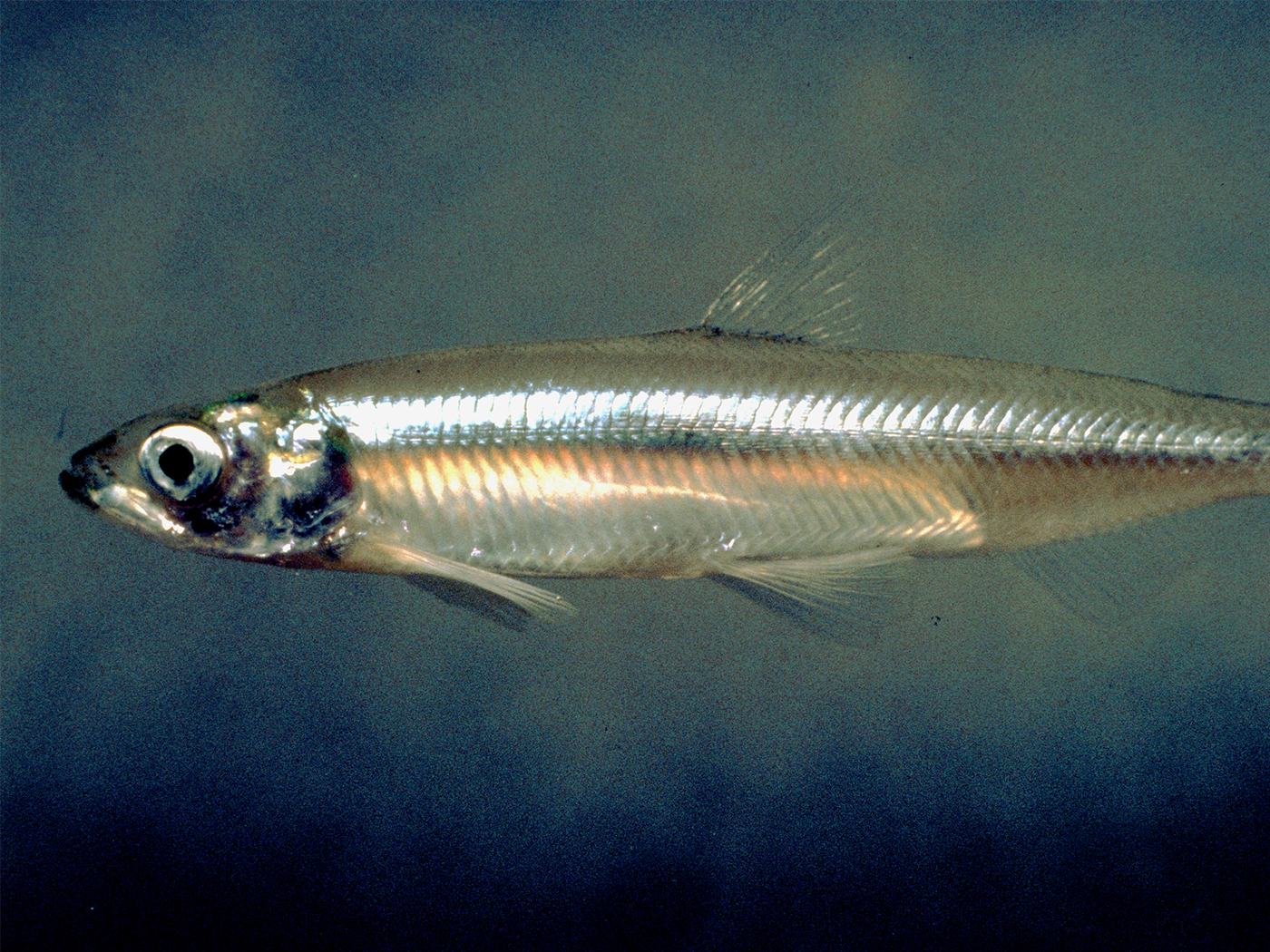How Functional Transposons Refute "Junk DNA" and Human Evolution
Broad-scale evolution holds that a single-cell organism can eventually develop into a human through natural processes. Unique genetic features called transposons have been introduced as knock-down evidence that this progression actually occurred in humans, but a closer look at new data shows that they strongly argue against evolution.
Genome Expansion through Transposon Activity
Transposons include several classes of DNA that appear to have been copied, spliced, and reinserted into the genome. Sometimes referred to as jumping genes, these are found in all plants and animals. While some transposons are inactive, many are functional. They have an affinity for transposition into certain areas of the genome.
Scientists have observed transposons copying and splicing rapidly, which contradicts evolution's traditional scenario of slow and gradual change.1 Rapid transposon activity appears to be controlled by specific cellular programs and thus is not a product of mutation plus selection, nor is it part of evolution as it has been described.
In a short time--corresponding to fewer than a dozen or so generations--transposons can add more DNA to a population, inflating the total volume of DNA without adding new genes. Some species appear to have large volumes of DNA that were assembled this way. About 44 percent of human DNA consists of repetitive elements, much of which came from transposons.
These vast sequences are repeated blocks of identical DNA. Many evolutionists believed them to be random sequences, conveniently useful for evolutionary processes to tinker with and develop into new genetic features. However, they are now known to be quite useful. Therefore, if evolution were to mutate them randomly, rather than leading to genetic improvements, it could actually kill the host.
Transposons in Chimps--Leftovers from the Evolutionary Past?
Intriguingly, chimpanzees and humans share some almost identical transposons that are found on similar-looking chromosomes. How did they get there? Evolutionists have insisted that "ancient retroviruses slipped bits of their DNA into the primate genome millions of years ago."2 Though often asserted as fact, it is only speculation that today's transposons came from yesterday's viruses.
Some transposons supposedly entered chimps and humans by a viral infection when both were part of one ancestral species. Later, humans and chimpanzees "diverged" from that primate ancestor. Thus, the same transposon sequence in both species is used as evidence that humans and chimps came from a common ancestor. And if humans transmutated from some earlier primate, then big-picture evolution is true. This has been one of evolution's best arguments.
Transposons are also thought to have provided "junk DNA" for ages of mutations to have organized into new features, forming today's diverse living forms. But science has shown that these long, repeated transposon sequences are useful on their own and even necessary. The arguments that transposons demonstrate common ancestry between chimps and humans, and that they provide scrap material for evolutionary progression, only have merit if transposons are largely useless.
Some scientists, open to the possibility that transposons were purposefully created and therefore functional, predicted at least a decade ago that important functions for transposons would be discovered.3 When nobody knew if these repetitive sequences had a useful genetic role, evolutionary biologists assumed that they did not, since they don't code for proteins. However, new genomic technologies have revealed more about what transposons actually do.
Transposons with Functions
The last decade has provided a growing list of examples of transposon functions, including the 2006 discovery of one that regulates a nerve cell development gene common to all mammals and even the "living fossil" coelacanth.4 Transposons that regulate the expression rates of plant gene products have also been found.5
Transposons in a single-cell ciliate were determined in 2009 to be critical to the tiny organism's development. The study's authors wrote, "These transposons might not merely be parasitic invaders that reduce host fitness or have little phenotypic effect but instead mutualists directly contributing a useful function for the organism, such as genomic DNA processing."6 They found that these transposons "spur an almost acrobatic rearrangement of the entire genome that is necessary for the organism to grow."7 So, if transposons have functions in these organisms, could they also play important roles in chimps or humans?
Publishing in Nature Genetics, an international team of researchers led by geneticist Geoff Faulkner found that in mammal tissue between 6 and 30 percent of RNA transcripts come from retrotransposons, not genes.8 Retrotransposons are a class of transposon.
RNA transcripts begin as single-strand copies of small sections of a DNA sequence. Some transcripts specify the information to make a protein, but most RNA transcripts help regulate the speed and amounts of important cellular processes and products.9 Also, information inside transposons provides alternate places for the transcription machinery to latch onto and begin transcribing the DNA. With transcription beginning at these various start sites and proceeding forward and backward on both strands of DNA, the necessary varieties of RNA are generated.10
Faulkner stated in a University of Queensland press release, "Our results showed that retrotransposons that can no longer move around the genome may still be expressed in a broad range of cells, and thereby regulate the expression of nearby genes."11 Transposon-derived transcripts are very important for cells.
Parasitic DNA sequences from some ancient virus should yield useless junk, not important information-carrying material. The idea that transposons came from viral infections but somehow later learned uses within their new hosts has been baptized into evolution with the name "exaptation." But this conclusion is speculative, unobserved, and irrational. Without proper gene regulation provided by transposons that are already intact and fully integrated into the genome, the organism may die.
By analogy, copies of a computer virus on a hard drive do not improve software or performance, but rather harm it. Useful software comes only by planning and effort. Science has shown that transposons are useful biological software. But this means that they did not come from viruses, despite contradictory popular press.12 Instead, they appear to have come from a pre-designed system of integrated genetic elements that mobilize under strict regulation, and which in turn regulate other systems.
The Entire Genome Is Information-Rich
The reason why both chimpanzees and men have such similar-looking transposons in similar chromosomes could be because the sequences were programmed to serve similar biological functions. Or, they could have followed similar biologically significant patterns when they were being copied and inserted, for reasons that are no longer discernible.
Since transposons did not come from ancient viruses, but are instead essential parts of genomes, they can no longer be used to support the belief that chimpanzees and humans evolved from a common ancestor. And this means that one of evolution's best arguments has failed, just like the debunked parade of prior "best" arguments.13
The demotion of transposons as an evolutionary "proof" is reminiscent of the old, discredited "vestigial organ" argument. One hundred-eighty organs in the human body had been cited as useless leftovers from an evolutionary past, but each has been found to have an important function, including the appendix and tonsils.14 Now that these vast expanses of genetic material are known to be information-rich, the concept of "junk DNA" has to be junked. And with no spare genetic material for it to mutate, what mechanism is left that broad-scale evolution could have used to produce the variety of life observed today?
It is difficult, if not impossible, to imagine how evolution could tinker with transposons without disrupting their precise coordination, which is vital to life forms. But it is easier now to see that the original people--like the first chimpanzees, plants, and even single-cell life forms --were expertly fashioned, through and through, by a brilliant Engineer.
References
- Kalendar, R. et al. 2000. Genome evolution of wild barley (Hordeum spontaneum) by BARE-1 retrotransposon dynamics in response to sharp microclimatic divergence. Proceedings of the National Academy of Sciences. 97 (12): 6603-6607.
- Schmidt, K. and T. Stephens. Ancient Retroviruses Spurred Evolution of Gene Regulatory Networks in Primates. Center for Biomolecular Science & Engineering, University of California Santa Cruz press release, November 14, 2007.
- Walkup, L. K. 2000. Junk DNA: evolutionary discards or God's tools? Technical Journal (now Journal of Creation). 14 (2): 18-30.
- Bejerano, G. et al. 2006. A distal enhancer and an ultraconserved exon are derived from a novel retroposon. Nature. 441 (7089): 87-90.
- Takeda, S. et al. 1998. Transcriptional activation of the tobacco retrotransposon Tto1 by wounding and methyl jasmonate. Plant Molecular Biology. 36 (3): 365-376.
- Nowacki, M. et al. 2009. A Functional Role for Transposases in a Large Eukaryotic Genome. Science. 324 (5929): 935-938.
- MacPherson, K. Research team finds important role for junk DNA. News at Princeton. Posted on princeton.edu May 20, 2009, accessed January 18, 2010.
- Faulkner, G. J. et al. 2009. The regulated retrotransposon transcriptome of mammalian cells. Nature Genetics. 41 (5): 563-571.
- Moore, M. J. and N. J. Proudfoot. 2009. Pre-mRNA Processing Reaches Back to Transcription and Ahead to Translation. Cell. 136 (4): 688-700.
- The ENCODE Project Consortium. 2007. Identification and analysis of functional elements in 1% of the human genome by the ENCODE pilot project. Nature. 447 (7146): 799-816.
- International team cracks mammalian gene control code. University of Queensland press release, April 20, 2009.
- Most professional and lay scientists still believe that transposons are virally derived, and probably will for a long time to come. See Zimmer, C. Hunting Fossil Viruses in Human DNA. The New York Times. Published online January 11, 2010, accessed January 18, 2010.
- Wells, J. 2000. Icons of Evolution. Washington, DC: Regnery Publishing, Inc.
- Bergman, J. and G. Howe. 1990. "Vestigial Organs" Are Fully Functional. Chino Valley, AZ: Creation Research Society.
* Mr. Thomas is Science Writer at the Institute for Creation Research.
Cite this article: Thomas, B. 2010. Evolution's Best Argument Has Become Its Worst Nightmare. Acts & Facts. 39 (3): 16-17.














